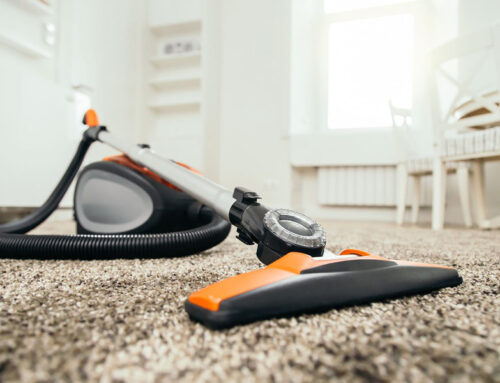Transitions and Trims
Trim and molding are crucial aspects of your flooring projects. Without them, floors can look unfinished at best and at their worst, present dangerous tripping hazards.
Trim pieces are typically practical additions while moldings are more decorative. For wood floors, look for quarter rounds, overlap reducers, T-molds and end caps. For tile and stone, consider metal edging, transition strips or specialty made tile pieces. Wall to wall carpeting is no different and also requires threshold pieces or seam binders. Either way, these crucial pieces add a professional look to installations, provide smooth transitions between rooms and materials and cover joints and seams. Whether you choose hardwood, tile, stone or vinyl, trims and transitions are important additions to complete your plans.
Vents
In most modern homes, heating and cooling systems are plumbed through the floors. This means that nearly every room and hallway contains some manner of vent. While many builders rely on metal vents, cheap plastic pieces can be common as well. Upgrade your floors by choosing a vent that fits your style. Cast iron pieces can be specially made to fit for vintage homes and powder coated to match color and style of your décor. For a low-profile look, laser cut floor tiles in laminate, vinyl or stone can be installed in a flush mount style. Custom wood vents can also be stained or designed to match the exact color and look of your new project.
Underlayment
The foundation of your floors is almost as important as the flooring itself. Without proper mounting and adhesive, floors can crackle, pop and warp their way to disrepair. Make sure that when you choose your type of floor, your designer or contractor also recommends the correct solution for proper mounting. For laminate, luxury vinyl and wood plank look for a hard-set adhesive that resists shrinkage, performs well under rolling loads and opposes indentation and other impacts. For carpet, look for a well made rug pad that is appropriate for your style and type of high or low pile carpet. Proper underlayment can also help with sound dampening and acoustic moisture repellent.
Care and Keeping
Finally, keeping your floors in tip-top shape means acquiring the tools to care for them. To start, consider which floors you will be cleaning in your home. Do you have carpet, tile, hardwood or a combination of both? Look for a vacuum designed for your specific surfaces and home layout. Does your home have stairs; will the appliance need to be carried up and down regularly? Is a lightweight, portable or cordless model best for your space? If you have smooth floors, consider a flat mop for dust and dander removal. Look for natural cleaners, ones that cut grease, leave a streak-free finish and will not cause damage to your surfaces or to kids and pets. If you have hardwood, condition your floor annually and for carpets and other soft surfaces schedule a yearly deep cleaning.






